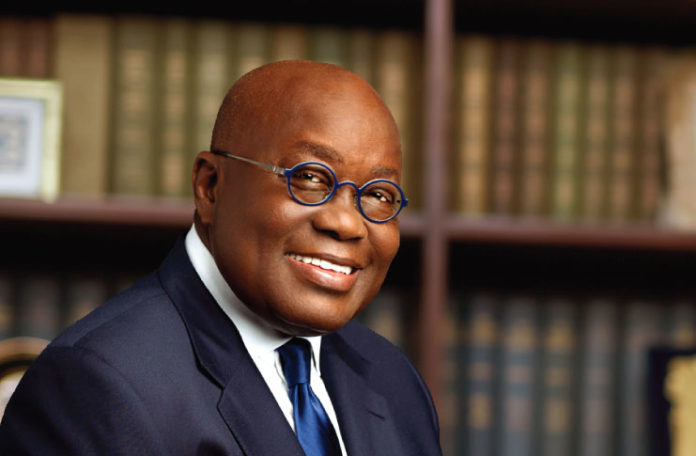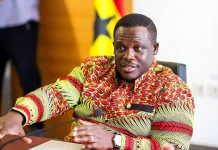
Formal sector workers, who are on the “Pay As You Earn (PAYE)” system, are paying marginally higher income tax than they did for every month of 2017.
The statistics show that President Nana Addo Dankwa Akufo-Addo was not entirely factual when he said in his State of the Nation Address (SONA) on Thursday that “We have reduced taxes.”
The rise in formal sector income taxes follows the implementation of the income tax regime for 2018 by the Ghana Revenue Authority.
At first glance, the rates, which came into force on January 1, 2018, look quite positive as the tax-free income bracket has been increased from GHS216 in 2017 to GHS261 this year.
But the devil is in the detail.
Just take a figure of about GHS3,240 and work out the tax liability using the old rates and do the same using the new rates and compare the taxes you get.
You would see an increase in tax liability by a minimum GHS0.70 or 70 Ghana pesewas (see pictures).
 This is because, in the case of 2018, although the first bracket which is tax-free has been increased, the subsequent brackets have been closed.
This is because, in the case of 2018, although the first bracket which is tax-free has been increased, the subsequent brackets have been closed.
The immediate assumption is that this is progressive taxation because higher earners are paying more. But the rate for the high income earners – those earning excess of GHS3,241 – has not changed. It is the same 25 per cent.
Giving that this is an economy with more middle income earners than high income earners, a lot of the formerly employed population will see money being taken out of their pockets.
Some argue that if government wanted to give some relief to workers, the band after the tax-free band of GHS261 should have been at least GHS300 a month and GHS500 for the next, and so on.
And to show that the tax burden is increasing, workers groups last week hit the streets to demand the removal of the special tax on petroleum. It is argued that the special tax now looks like an overfed child in the face of lowered crude oil prices.
SONA
In the SONA, President Akufo-Addo summarized that “We have reduced taxes, we are bringing down inflation and interest rates, economic growth is increasing, from the alarming 3.6% at December 2016, to 7.9% in our first year, and the indications are that it will be even better this year.”
In apparent response to opposition figures who had doubted the performance of his government ahead of the delivery of the SONA, the president pointed: “We have increased our international reserves, maintained relative exchange rate stability, reduced the debt to GDP ratio and the rate of debt accumulation, we have paid almost half of arrears inherited, and, crucially, we are current on obligations to statutory funds.”
Futhermore, he said: “I am also pleased to report that the 3-year IMF-supported Extended Credit Facility Programme, begun in 2015, comes to an end this year. The relatively good macroeconomic performance in 2017 will strongly support our successful completion of the IMF programme.”
By Frederick ASIAMAH























